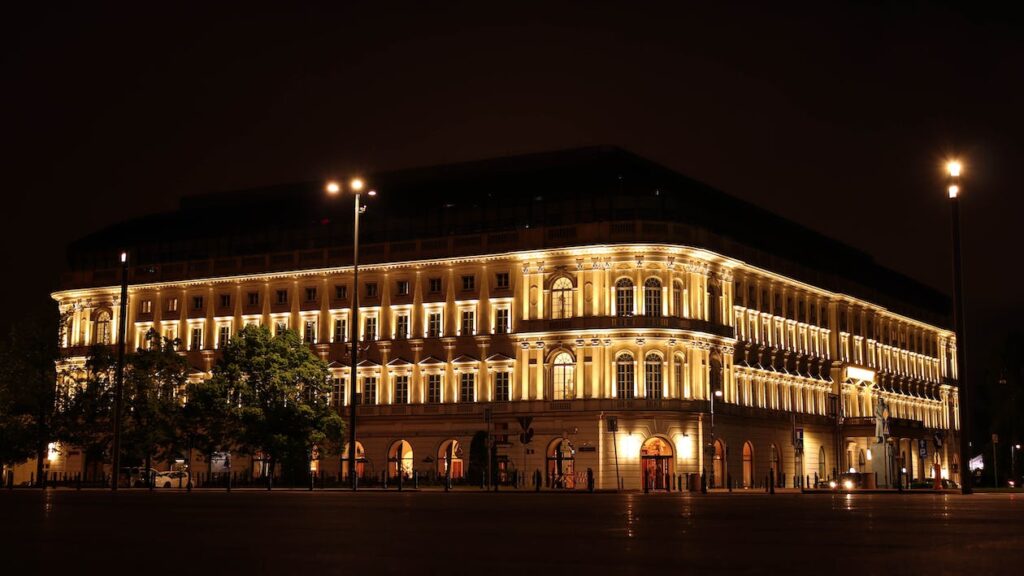
1. Understand the Building Architecture for LED Facade Lighting
Table of Contents
Toggle
Understanding the architecture of the building thoroughly is the first step in developing an efficient LED facade lighting scheme. Consider and evaluate the structural components of the building, including its form, materials, textures, curves, and architectural features. Identify prominent characteristics that facade lighting can enhance and highlight.
2. Define the LED Facade Lighting Objectives
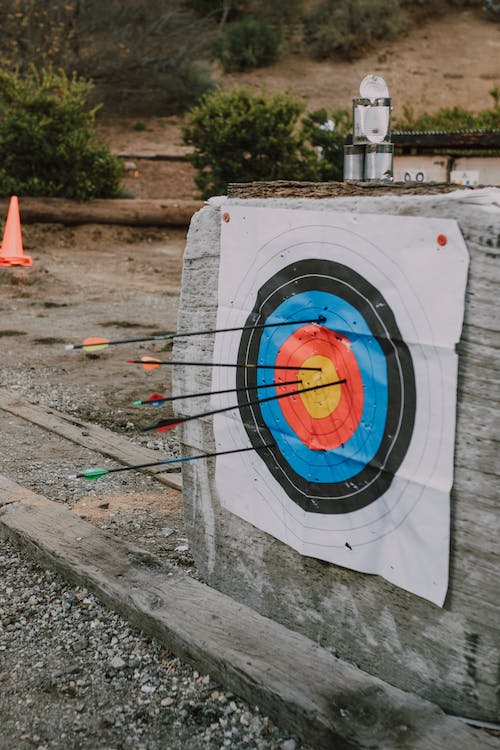
LED Facade lighting design’s success depends on its goals being clearly stated. Establish the main objective of the façade lighting, such as enhancing the building’s beauty, increasing visibility and safety, creating a focal point, highlighting particular architectural features, or communicating a particular message. The entire design process will be governed by these objectives.
3. Consider the Surrounding Environment

The general LED facade lighting design is heavily influenced by the surroundings. Take into account the nearby structures, outdoor features, and lighting systems that are already in place. This analysis will make sure that the facade lighting blends in with its surroundings while still standing out, resulting in a positive interaction between the building and its surroundings.
4. Select the Right LED Fixtures
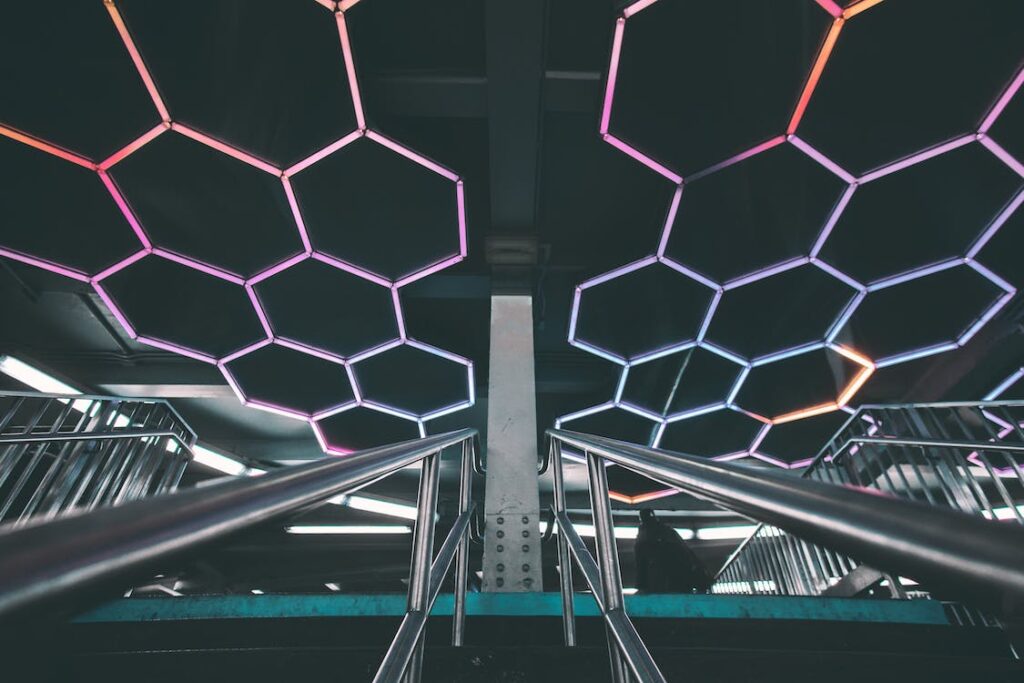
As a result of their energy efficiency, dependability, and versatility, LED facade lights are a popular option. It’s crucial to take a number of aspects into account while choosing LED fixtures. These consist of the lumen output, lumen output angle, colour temperature, colour rendering index (CRI), and IP rating for outdoor applications. Select lighting fixtures that are appropriate for the project’s particular needs and that support the specified lighting goals.
5. Plan for Uniformity and Balance

For a façade lighting design to be visually appealing and harmonious, consistency and balance must be achieved. To prevent hotspots or areas of extreme brightness, consider how the light will be distributed across the facade. If you want to make sure that the lighting design is well-balanced and constant, take into account both horizontal and vertical illumination.
6. Implement lighting layers
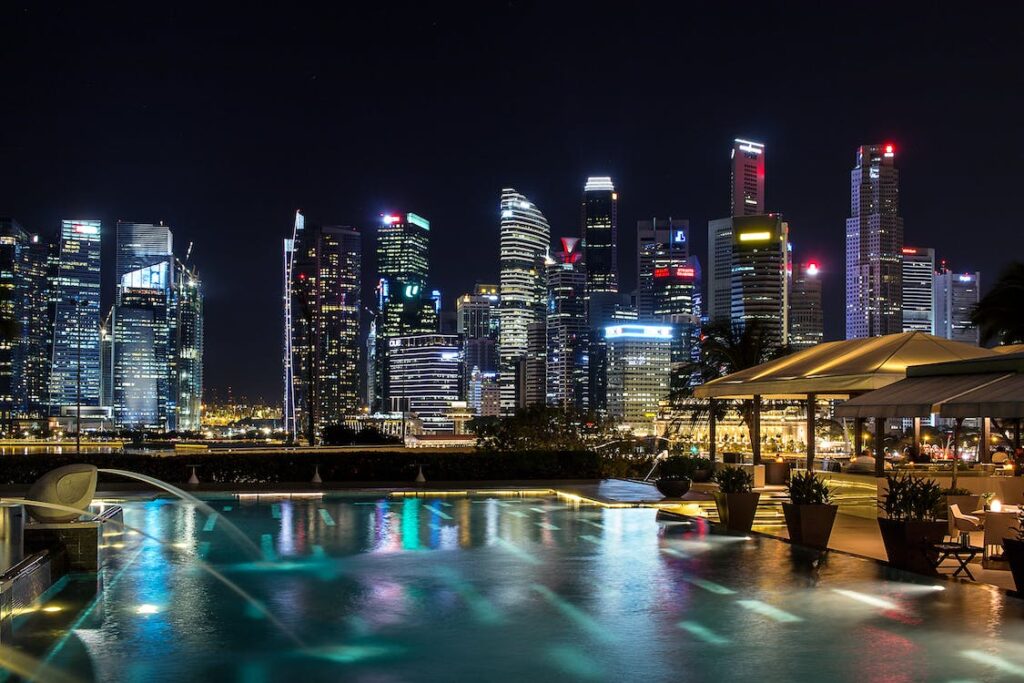
The facade gains depth and visual intrigue by using various lighting layers. You may draw attention to particular architectural features and establish focal points by utilising a variety of lighting techniques and fixtures, such as uplighting, downlighting, grazing, and accent lighting. The facade gains dimension thanks to this layering process, which also gives lighting effects creators more versatility.
7. Boost colour effects

The colour capabilities of LED facade lights are a benefit, enabling vibrant and eye-catching lighting effects. To produce eye-catching colour displays or to modify the lighting design for various occasions, think about including colour-changing LEDs into the design. To highlight architectural details, elicit feelings, or represent the branding of the structure, use colour strategically.
8. Incorporate Dynamic Lighting Control
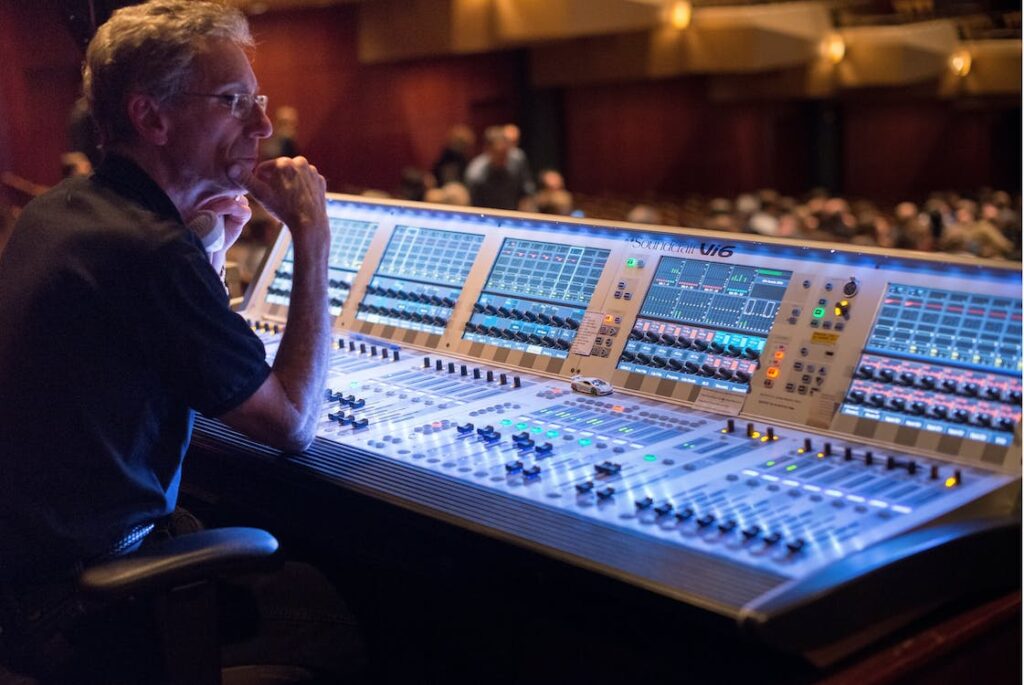
Flexibility and adaptability are provided by including a lighting control system in the facade lighting design. A dynamic lighting control system enables the development of pre-set scenes, timed sequences, or interactive programming, permitting adjustments in lighting effects based on certain occasions or the time of day. This dynamic control broadens the design’s potential and improves the facade lighting’s visual effect.
9. Efficiency in Energy Use and Sustainability

Energy efficiency and sustainability are crucial factors in any lighting design in a modern, environmentally conscious society. To minimise energy usage and lessen the impact of the building on the environment, choose energy-efficient LED fixtures and lighting control systems. To determine the long-term advantages of energy-efficient lighting solutions, perform a life-cycle cost analysis. The highest levels of energy efficiency and sustainability can be achieved with proper installation, routine maintenance, and sporadic lighting level adjustments.
10. Regular upkeep and modification

Establish a routine maintenance schedule to maintain the facade lighting design’s efficacy. This entails regular examination and maintenance of the LED fixtures, timely replacement of any broken parts, and adjustment of the lighting setup as necessary. Regular upkeep increases the LED lamps’ lifespan and efficiency while preserving the façade lighting’s aesthetic impact.
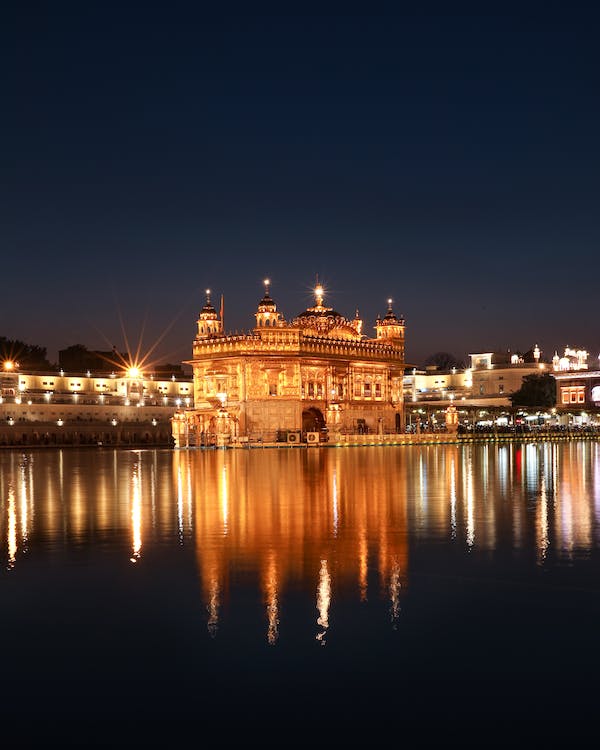
In conclusion, using LED façade lights to create an effective lighting design for a facade involves careful planning and a comprehensive strategy. Architects, designers, and lighting specialists may guarantee a successful and effective lighting design that improves visibility, enhances the aesthetics of the building, and produces an eye-catching visual experience by adhering to the ten crucial recommendations listed above.
The basis for the design process is establishing the lighting objectives and comprehending the architecture of the structure. Taking into account the surrounding environment guarantees that the facade lighting melds seamlessly with the surroundings of the building. The ideal performance and intended effects are ensured by choosing the proper LED fixtures and paying attention to the beam angle, colour temperature, and other aspects.
The facade gains depth and aesthetic interest by using lighting layers, planning for homogeneity and balance, and other design techniques. Lighting designers may build compelling displays and modify the lighting design to meet varied event and branding requirements by maximising colour effects and implementing dynamic lighting control.
Long-term financial gain comes from promoting energy conservation and sustainability through the use of LED lighting fixtures and lighting control systems, in addition to being socially and environmentally responsible. The lighting design will remain effective and efficient over time with the help of routine upkeep and modification.
Professionals may create engaging and impactful façade lighting solutions that raise the building’s aesthetics, engage onlookers, and add to a visually appealing architectural landscape by including these ten suggestions into the design process. Because of their adaptability, energy economy, and dynamic control, LED facade lights enable designers to bring their concepts to life and produce unforgettable lighting effects.
